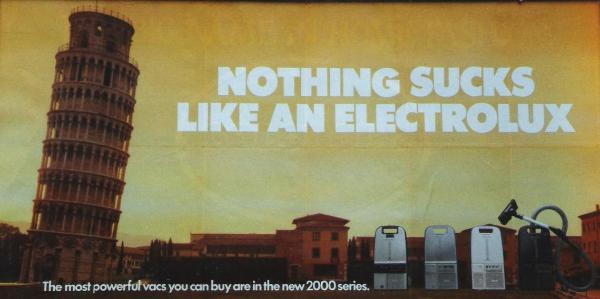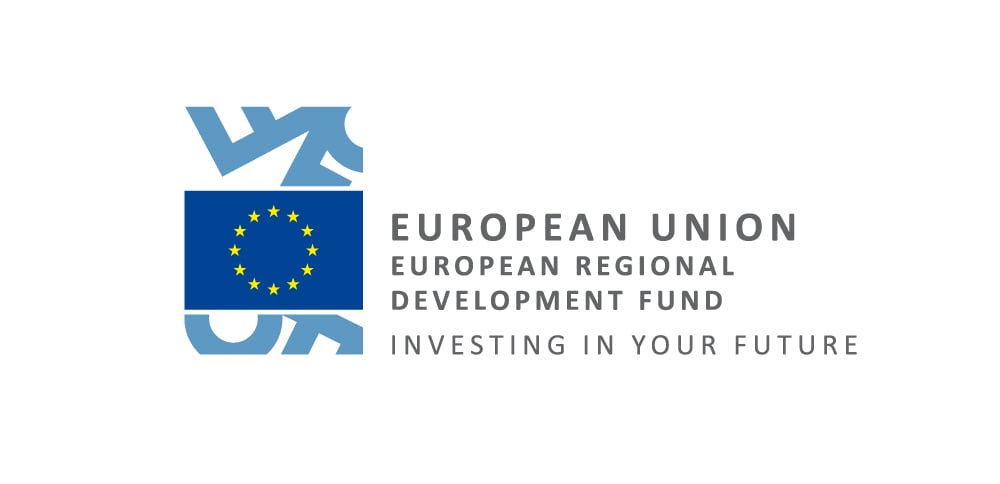How is it possible to translate a special undertone, homey feeling, or the humour of “Tou san ges, paradajz iz Prekmurja” from the ads for Lušt tomatoes into English while preserving the cultural and social role of the local dialect that it enjoys in Slovenian? Check out today’s article on translating marketing texts to learn how Gorenje responded to a translation mishap in their instruction manual. But only of you are over 18 – otherwise read the article in the supervision of an adult.
Lost in translation: do you know any brilliant marketing translations? (tips and recommendations)
Do you know the American-Japanese film Lost in Translation from 2003? It was directed and scripted by Sofia Coppola starring Bill Murray in the leading playing an elderly actor Bob Harris, who makes friends with young Charlotte (Scarlett Johansson) in a Tokyo hotel. The main topics of the film are loneliness, insomnia, boredom, and a cultural shock in a modern Japanese metropolis.
The confusion and the shock of the American finding himself in the Asian metropolis for the first time are not surprising. The cultures are, after all, very different (to say the least). We might be aware of these cultural differences when travelling or even when visiting an Asian restaurant at home, but many colossal differences are easily forgotten when it comes to translations and translators, who frequently face a real roller coaster of cultural peculiarities, unusual humour that might even be the death of a translation, and dialects along with their vernacular that are really difficult to transfer into another culture.
“Tou san ges, paradajz iz Prekmurja”
If you find immersing yourself into the American-Japanese cultural differences not too challenging, let’s immerse ourselves some more – into the Slovenian region of Prekmurje. If you’re from abroad, you probably haven’t noticed the cute ads for the Lušt tomatoes creatively featuring the very distinct local dialect.
The dialect of Prekmurje enjoys a very special status in Slovenia – many Slovenians claim to not even understand it (it is somewhat different from the standard Slovenian, to say the least ![]() ) due to its distinctive rhythm and vocabulary, further underscored by the historical and present role of the region in Slovenia.
) due to its distinctive rhythm and vocabulary, further underscored by the historical and present role of the region in Slovenia.
How would you then the catchphrase “Tou san ges, paradajz iz Prekmurja” transfer, let’s say, to English, Croatian, Russian, etc. keeping the entire message and tone as well as the character of the brand? Answer: with difficulty. It is difficult, but it is not impossible.
Let’s continue with a little bit of that Lust for great translations! Let’s take a look at actual catchphrases of renowned companies. We all know that to suck does not only mean vacuum-cleaning. ![]()
Sprite and Coca-Cola should know how it is done (Electrolux less so)
Global brands have many years of true experience with adapting their products to local cultures. It is not surprising that also Sprite and Coca-Cola have proven to be masters in adapting their names to the Chinese culture.
When entering the Chinese market, they creatively changed their names:
- Sprite became Xuebi (“Xue” means snow and “bi” means blue-greenish).
- Coca-Cola took the name Kekoukele in the Chinese market, which means “tasty party”.
Well, others proved to be… “very bad”. ![]()
Swedish manufacturer of household appliances Electrolux believed in the 1970s that their catchphrase “Nothing sucks like an Electrolux” would sound attractive and easy to remember for English speakers. However, the Scandinavian company could not have been more wrong as suck also means a lot more than just “to vacuum”. Colloquially, it also means “to be terrible”. The heart might have been in the right place, the result was not.
Gorenje – on purpose or by accident?
Anyone can make mistakes – no big deal. Unless “anyone” is one of the leading European manufacturers of household and electric appliances with a tradition dating back 70 years. You might even remember this recent event.
The translation for one of the manufacturer’s instructions for a stove featured an undesirable error. According to the report of Serbian media, the English text featured the word “screw” referring to a bolt. Colloquially, it also means to “fu**”, which is what it was translated into. Instead of “bolt the wall mount”, the Serbian translation said “fu** the wall mount”. Gorenje announced that the error was, of course, unintentional. However, some marketing experts provided some comfort to the company saying that no publicity is bad publicity.
Watch hook 22!
If you own a company that is expanding globally or work for one, it is highly recommended for you to read the next section.
If translators translate the contents word-by-word, the translation will sound unnatural, mechanical, or won’t even make much sense. If, however, the translators adapt the contents to the target market too much, the link between the translation with the original marketing message that you want to transfer to the target market might be lost.
Being able to find the middle way between these two traps is a feature that only the best marketing translators possess. At the same time, it is the main feature you need to pay attention to when selecting a translator.
That is not all – check the four golden rules further on!
Four golden rules of a quality marketing translation
Marketing translations usually predict more than four rules, but let’s focus on the most important ones today.
Rule No. 1: Flawless knowledge of the target culture and language
While technical translations can’t forgo the usage of up-to-date glossaries, term bases, and translation memories, marketing translators focus a lot more on adapting the text to the culture – the target audience, their interests, cultural background, and expectations.
More information on the target audience the translator receives, the more accurately they can translate the text and adapt it to the target market.
that you choose a native speaker of the target language.
The difference will be mind-blowing.
Rule No. 2: Creativity and a huge vocabulary
People are getting like goldfish more and more – if we are not amused and attracted in a matter of seconds or lines, our mind can start wandering.
This is even more important when it comes to marketing translations since marketing texts often contain word plays, local peculiarities, humour, etc. If these are not transferred to the target language properly, the entire magic of a well-written source marketing text will be lost.
Rule No. 3: A good translator adapts, not translates
An experienced marketing translator knows that a marketing text needs to be mostly adapted, not merely translated (word after word). That is the only way to transfer the spirit of the text to the target language and reach the desired effect with the target audience that the client wanted to achieve with the source text.
Rule No. 4: The brand is never to be changed
Regardless if the text needs to be translated for the Chinese, Spanish, or Russian markets – the target audience shall always recognise the brand in any location and in any language.
A marketing translation must therefore keep its message on the target market and also keep the fundamental values of the brand. Piece of cake, right? ![]()
At least to prevent what happened to KFC in the 1980s. The “Finger-Lickin' Good” campaign was translated in China to mean “Finger eating good”. Well – this cannibalism doesn’t exactly make you feel like having fried chicken, right? ![]()
To conclude, let’s state the golden rule of marketing translations that has never changed despite all the progress:













